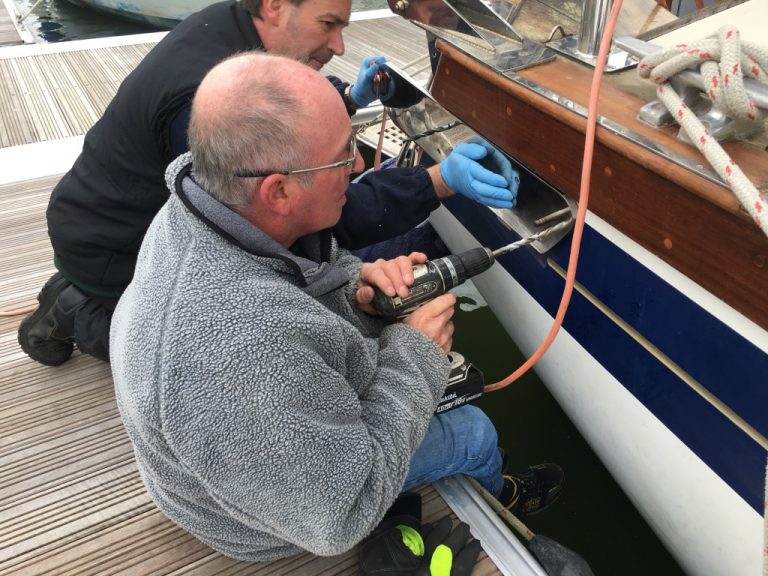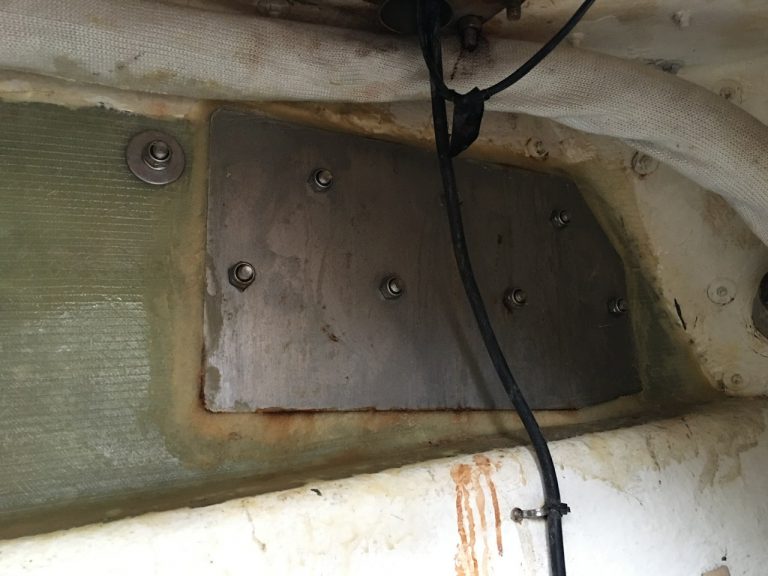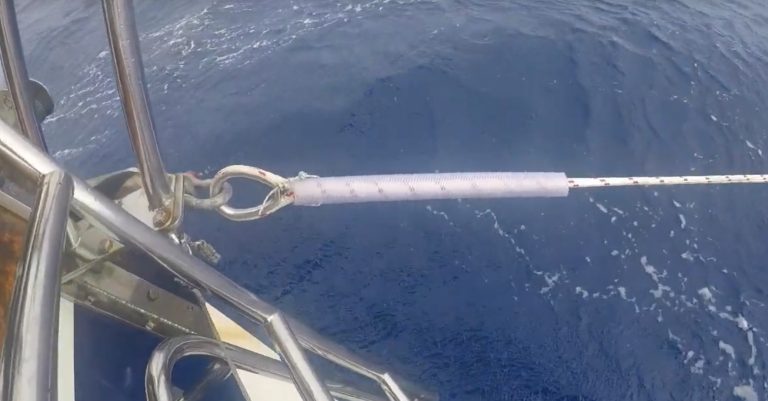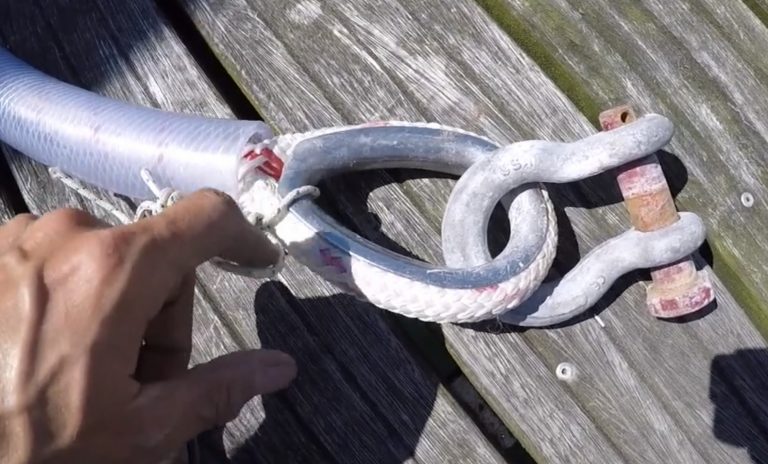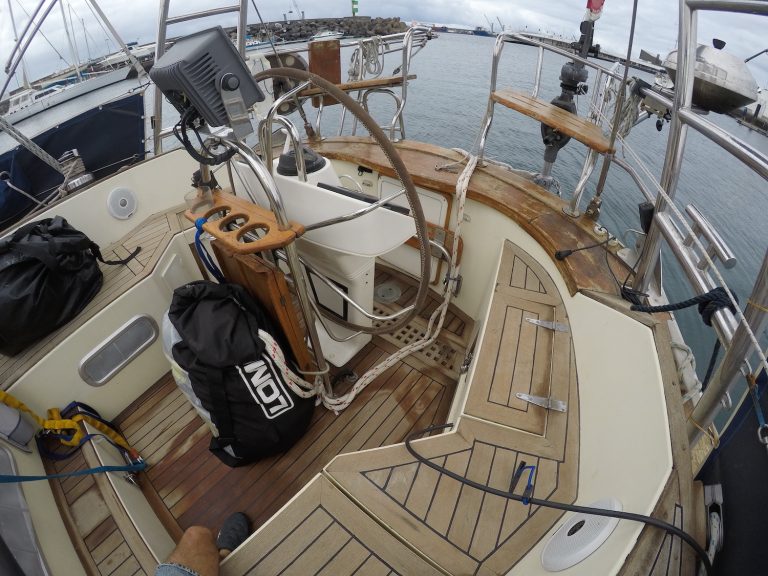thinwater
Well-Known Member
I wonder if the Goodall failure does not give us some useful insight regarding the forces involved. It is the only line failure I know of, and it probably happened because the connections were knotted rather than spliced. There is also some question as to whether the tail weight was too light, resulting in some snatch loading. Additionally, you should always expect single-leg loading on a bridle; waves don't come from one direction, and the worst hits often result from this. So it seem Jordan's estimates were remarkably good. Have there been any chain plate ors hackle failures?
And then everything that was said about strength.
Let's not overlook the hull and soft parts:
And then everything that was said about strength.
Let's not overlook the hull and soft parts:
- Hull. Evaluate the layup if you have the skills. If it is not strong enough, lay glass on the inside, over a large area, until it is. Calcullate all of this with the knowledge that the dirrection of pull will swing vertically at least 45 degrees and latterally between the bridle angle and as far as 60 degrees. I really don't want to pull a hole out of my boat.
- Chafe where the bridle eye meets the bridle plate shackle. One bridle nearly cut through in a moderate storm because he used a cable thimble instead of a closed thimble, and the ends are sharp. Under high load thimbles become loose because the rope stretches. You only see this if you do testing to high load percentages. In nylon, the eye will stretch 20% longer and the thimble will be very loose. Is there ACTUALLY any movement between the rope and the shackle, or does the shackle absorb all of the rotation? For example, we use soft shackles to connect snubbers and they do not chafe. Would we be better off using an oversized Dyneema briddle, larkshead to the shackles, and no thimble? You could cover it with webbing for some chafe protection if you like. You will not need the thimble for bend radius.
- Interlocking eyes down the line. I am not aware of any failures or chafe. But some people think they should use shackles.
- Too long bridle arms. If more than ~ 2-3x the beam you will get slack, after which they will snatch tight. Snatch loads dramatically reduce the fatigue life of most fibers. Longer bridles are not always better.



